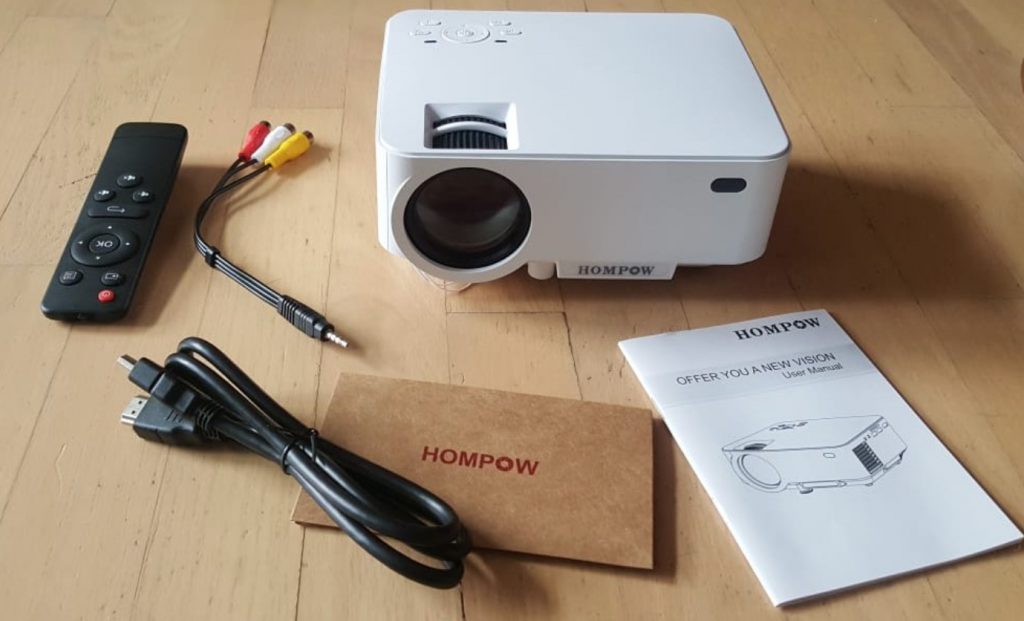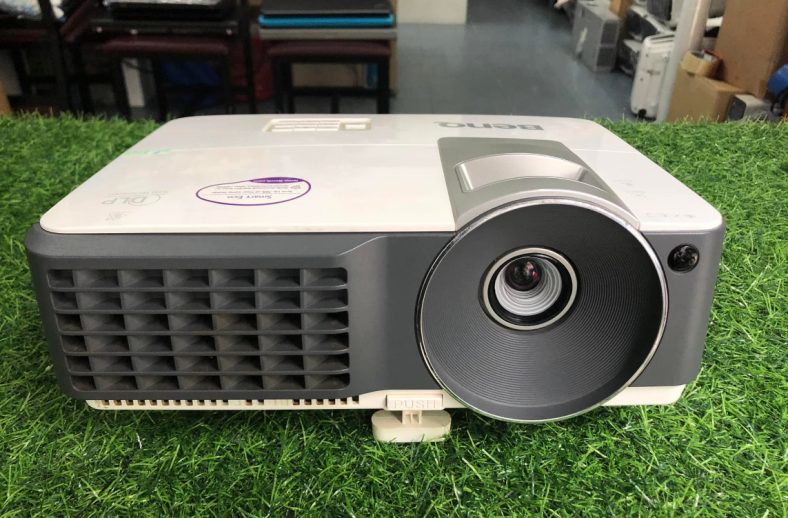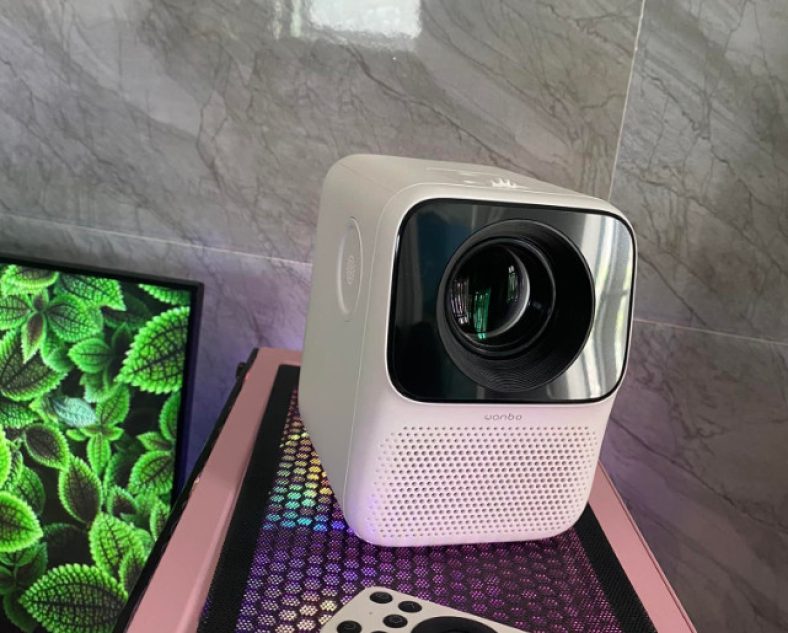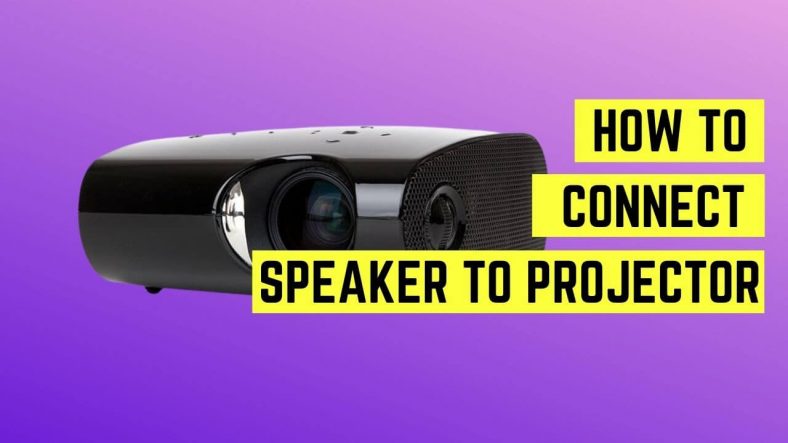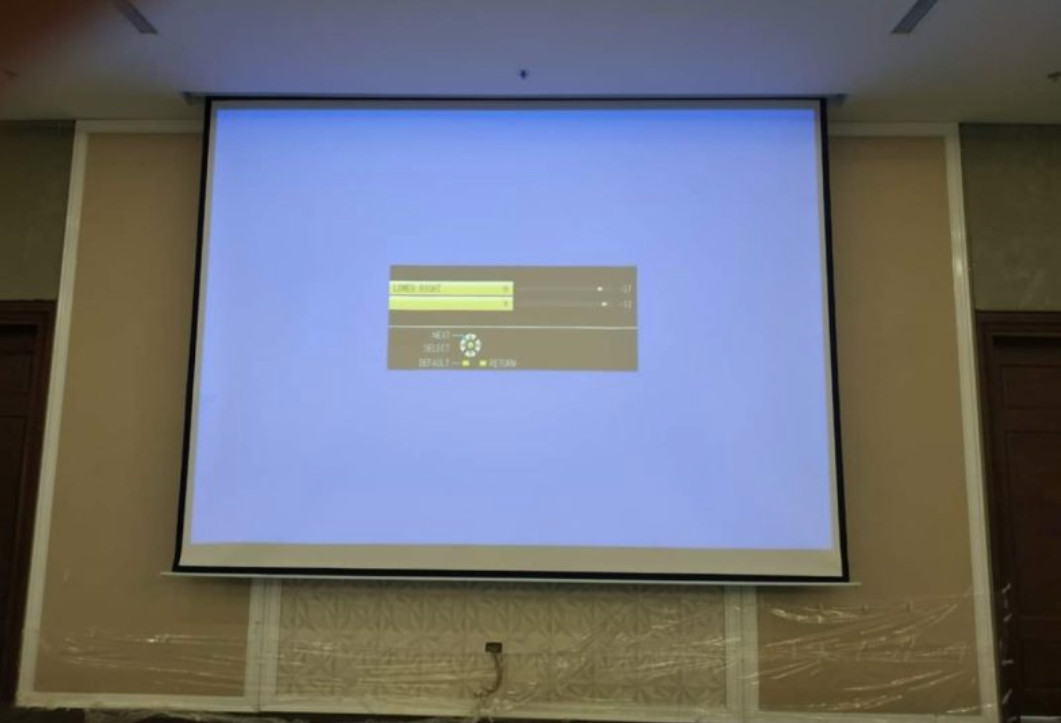
16:9 Vs. 16:10 Projector Screen – How to differentiate between them?
Do you know: ‘Which is the best option between 16:9 vs. 16:10 projector screen?’
Are you looking for a projector and getting confused by the 16:9 and 16:10 labels? The aspect ratio is one of the critical factors determining your experience.
16:9 and 16:10 are the most popular aspect ratios of the projection screen. This post will discuss their core differences and help ease your purchase decision.
Based on the information provided, you can select the most suitable option for your needs and preferences. Continue reading, and I’ll show you!
Table of Contents
What Is the Aspect Ratio?
To learn about the 16:9 and 16:10 categories, we first have to understand what aspect ratio is. In short, it indicates the ratio of an image’s width to its height.
For example, if the aspect ratio of an image is 14:9, that image is 14 units wide and nine units high. Some common examples of aspect ratios are 1.85:1 or 2.39:1, used widely in cinemas.
Similarly, the aspect ratios or formats of the projectors indicate how wide and tall their projected images and videos can appear. The bigger the format, the larger the projected pictures on the projection screens.
16:9 Projector Screen Overview
16:9 is the standard video format nowadays for high-definition televisions and projectors. Most users prefer this format as it brings images projected in a rectangular frame.
As the 16:9 aspect ratio is standard and prevalent on devices like laptops or TV screens, the projectors have gradually switched to this format from the 4:3 ratio.
This match-up brings great compatibility, which we will further discuss in the following sections.
The 16:9 format is available on expensive devices with 4K UHD (3840 x 2160 pixels), and 1080p FHD (1920 x 1080) resolutions. The lower-end projectors with only 720p image resolution also have the 16:9 option.
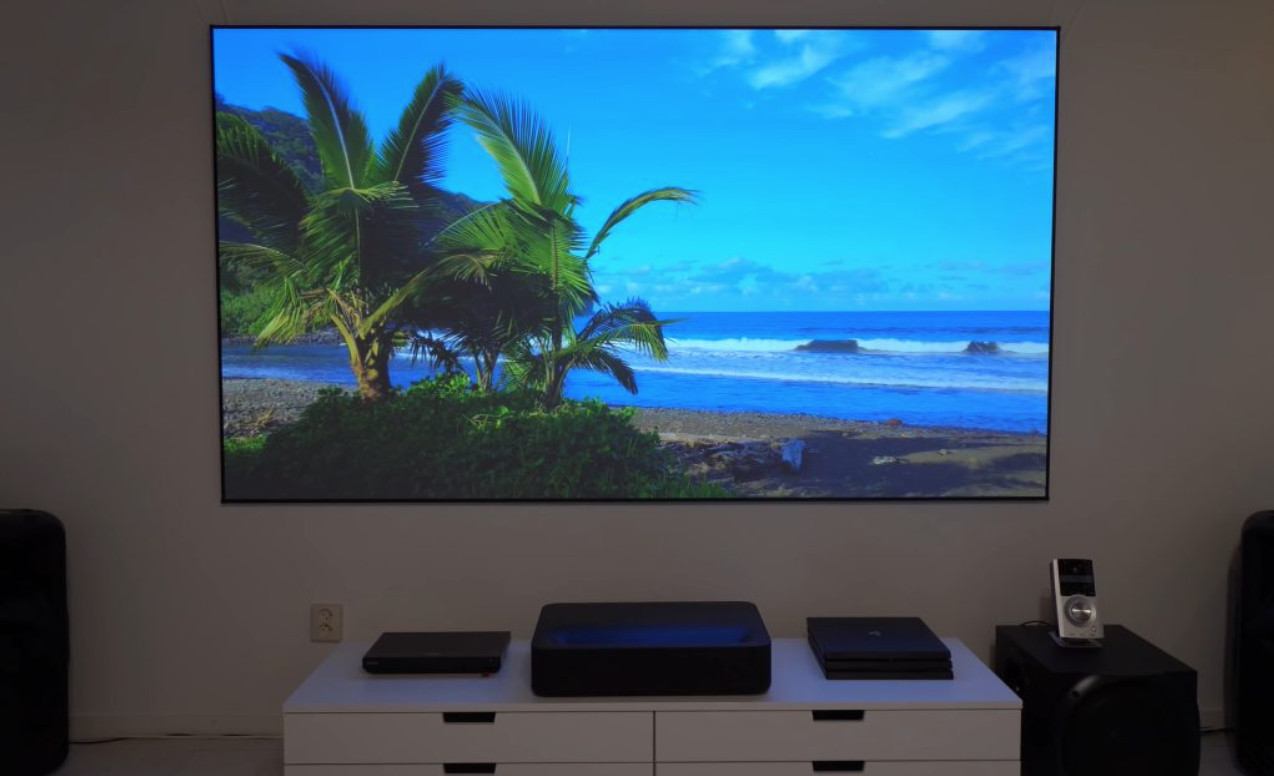
16:10 Projector Screen Overview
The 16:10, which is also known as the 8:5 video format, is more suitable for the WXGA, WUXGA, and similar types of resolutions. With a widescreen, you can project more data and more visible images at a time.
The 16:10 format is prevalent on projectors used in working sites, schools, and businesses. Many computer monitors and TVs use the 16:10 aspect ratio with optimal clarity.
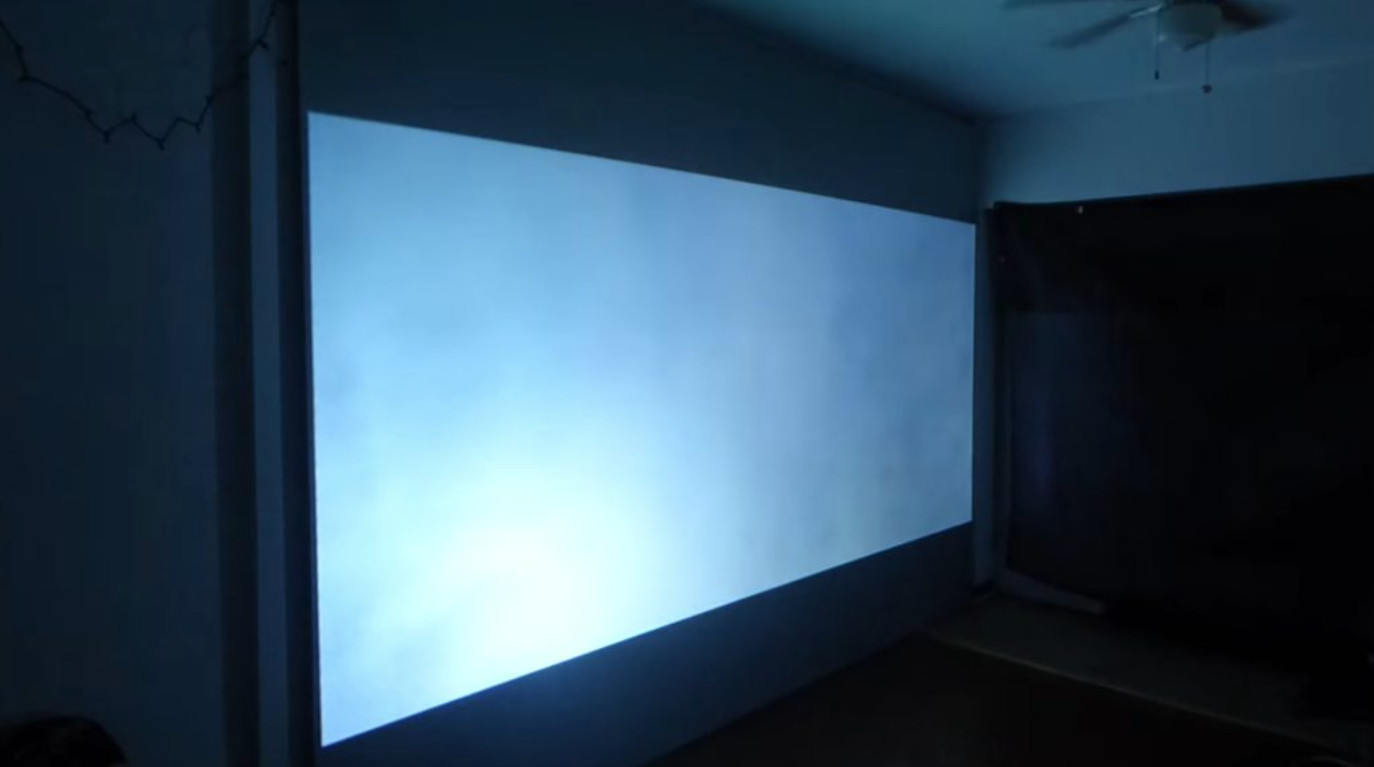
Differences Between 16:9 Vs. 16:10 Projector Screen
The aspect ratios of projectors only indicate how large their projected images appear. Therefore it doesn’t necessarily mean that the 16:9 format is better than 16:10 and vice versa.
The best format for the projector is the one that is highly compatible with your TVs or connecting devices. We will compare the two aspect ratios through everyday usage to give you a closer look.
Related:
– How to Connect a Laptop to a Projector with HDMI?
– How to connect MacBook Pro to the projector?
Size
As the 16:10 has ten units in height, while the figure for 16:9 is 9, it brings a significantly larger projection screen. If you want a large screen to present the data and videos to a large audience, the 16:10 format is the best choice.
However, 16:9 is still the most popular video format nowadays. So the 16:9 format is still highly compatible with most content like movies and videos. But why should you choose an aspect ratio that suits the format of the content?
While you can project the 16:9 content on a 16:10 projection screen, there may be black bars or image distortion on the sides of the display. It will be a major annoyance through everyday usage if you use the projector at home.
Resolution
The 16:10 projectors have two common image resolutions: 2560 x 1080 and 3440×1440. Meanwhile, many 16:9 projectors have only FHD or QHD resolutions.
The larger screen size means that the pixels have to spread out which can reduce the image quality. For this reason, the 16:10 projectors usually have higher image resolutions than the 16:9 devices.
However, the small projection screen has more concentrated pixels, giving you more details and sharpness when watching in the 16:9 aspect ratio.
If you connect the projector to a laptop with a lower image resolution, it has to upscale the images and can decrease the sharpness of the projected videos.
16:9 is compatible with 1080p laptops and gives you the best watching experience.
For Movies And Games
As I mentioned above, 16:9 is compatible with most games and video formats. So you won’t encounter any black bars on the sides when watching movies and playing games on projectors with this aspect ratio.
Related:
– What Projectors Are Used in Cinemas?
– How are the speaker and projector connected?
For Office Work And School
The 16:10 projector screen is the optimal choice for office work. You can take advantage of the large projection screen size to show more data for a large audience (more than ten people) to see.
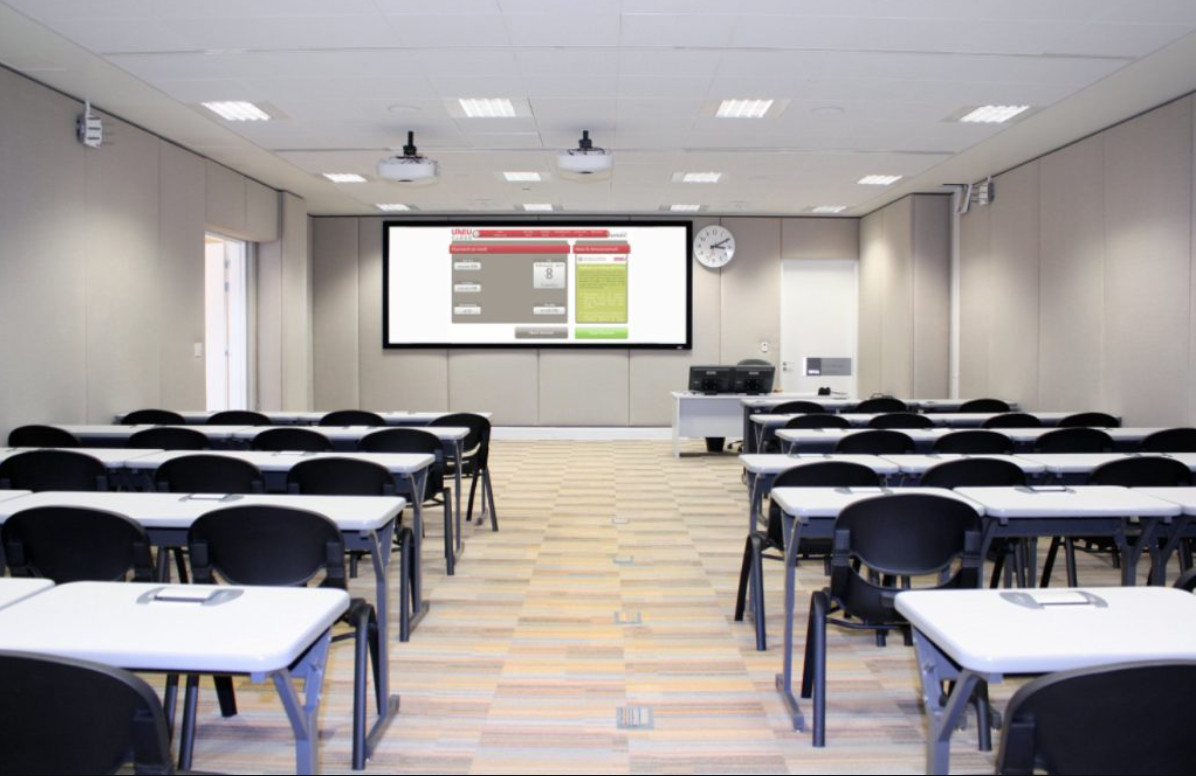
How To Choose The Right Projector Screen?
The core difference lies in the size of the projected images these two formats bring. The watching experience also depends on your projector’s resolutions, compatibility, and refresh rate, not aspect ratio alone.
If you purchase a projector for video watching and entertainment at home, 16:9 is the most optimal choice. It gives you wider options that match your laptop’s or TV’s resolutions.
Meanwhile, if you need to project the content in a large room for many people to see, go for the 16:10 format as it gives a wider screen size.
Final Thoughts
The best aspect ratio is the one that suits the projected video and screen format. Depending on your specific needs, go for a suitable projector screen.
I hope the information provided in this post can satisfy you.
Thank you for reading!

